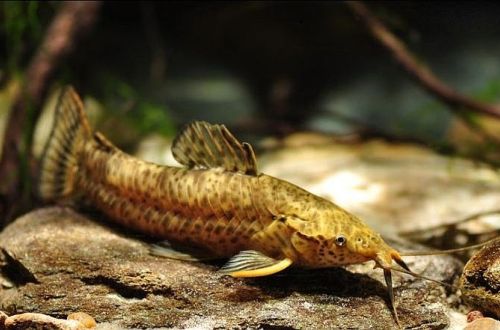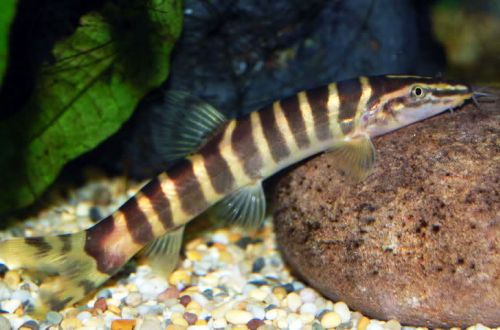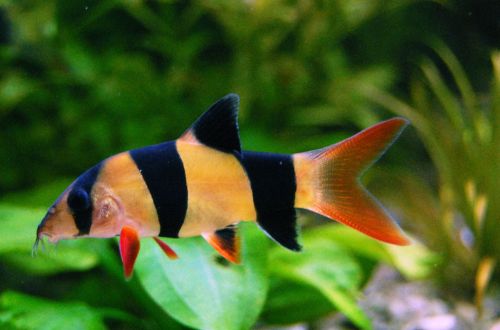
Megalechis Picta
Megalechis Picta, scientific name Megalechis picta, belongs to the family Callichthyidae (Shell catfish). A hardy and hardy species that can survive some of the mistakes of beginner aquarists, making it an excellent choice for first-time home aquarists.

Contents
Habitat
Comes from South America. Widely distributed throughout the Amazon and Orinoco basins. It occurs in various environments: swamps, floodplain lakes and fast mountain streams.
Brief information:
- The volume of the aquarium – from 200 liters.
- Temperature – 18-28°C
- Value pH — 5.0–7.5
- Water hardness – 10–21 dGH
- Substrate type – sand and gravel
- Lighting – any
- Brackish water – no
- Water movement – any
- The size of the fish is 10–12 cm.
- Food – any food
- Temperament – peaceful, except during spawning periods
- Content alone or in a group
Description
Adult individuals reach a length of 10–12 cm. The fish has an elongated body covered with modified scales, resembling bone plates and forming a hard cover. The coloration depends on the specific region of origin and can vary from dark yellow to brown. Sexual dimorphism is weakly expressed, males and females are practically indistinguishable externally.
Food
An omnivorous species, will accept most popular foods designed for aquarium fish. It is advisable to use sinking foods, although some catfish may rise to the surface in search of food.
Maintenance and care, arrangement of the aquarium
The optimal size of the aquarium for a group of 3-4 fish starts from 200 liters. The decoration is arbitrary, provided that a sandy substrate, floating vegetation is used and there are several places for shelter.
Catfish Megalehis Picta perfectly adapts to various water conditions in a wide range of temperatures and hydrochemical values. In nature, it even lives in waters poor in oxygen. Of course, it is not worth bringing to such a state, but this gives an idea of uXNUMXbuXNUMXbhis endurance. Maintenance will not cause difficulties if you regularly clean the aquarium and install the necessary equipment, at least a filter, heater, lighting system.
Behavior and Compatibility
A calm, non-aggressive fish, which, however, may be hostile towards smaller species that live in the bottom layer. As neighbors in the aquarium, it is recommended to select fish of a comparable size and larger from among the South American cichlids, chain catfish, some schooling characins and cyprinids.
Breeding / breeding
With the onset of the mating season, the male builds a nest from pieces of plants and proceeds to courtship. When one of the females is ready, she accepts courtship and the couple lays several dozen eggs. The male remains to guard the clutch. In an effort to protect the nest, he can attack / drive away other fish, including his own females.
The incubation period lasts 48-72 hours. As soon as the fry appear, they should be transferred to a separate tank with identical water conditions, otherwise there is a high risk of predation by other adult fish.
Fish diseases
Being in favorable conditions is rarely accompanied by a deterioration in the health of fish. The occurrence of a particular disease will indicate problems in the content: dirty water, poor quality food, injuries, etc. As a rule, eliminating the cause leads to recovery, however, sometimes you will have to take medication. Read more about symptoms and treatments in the Aquarium Fish Diseases section.





